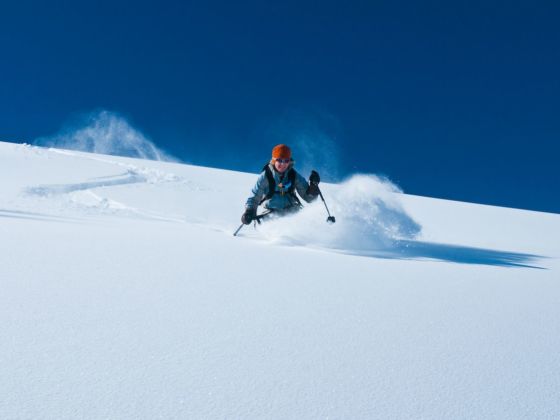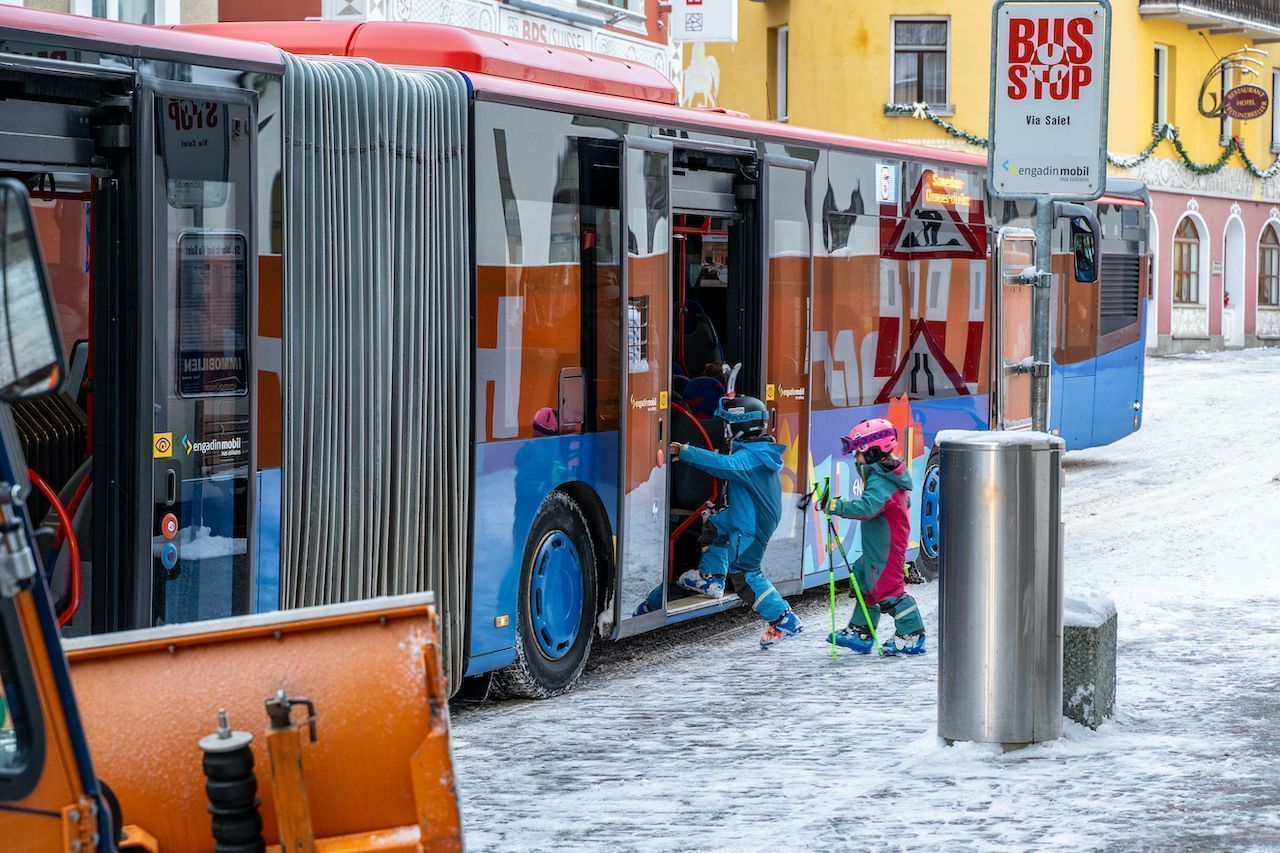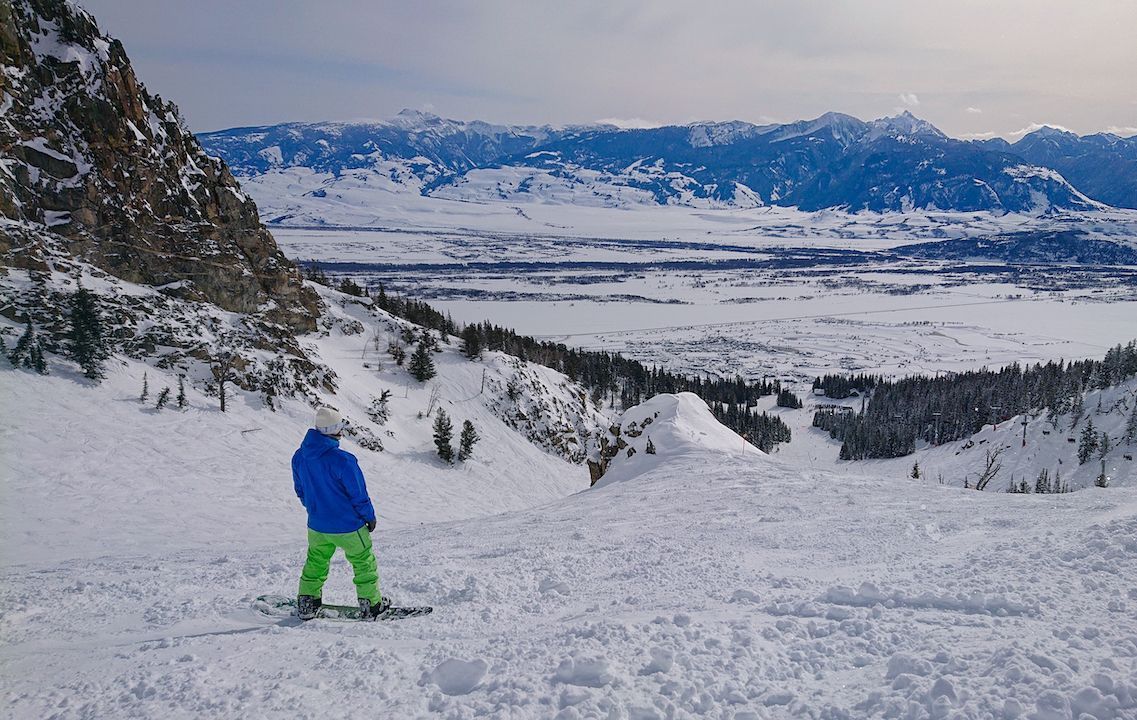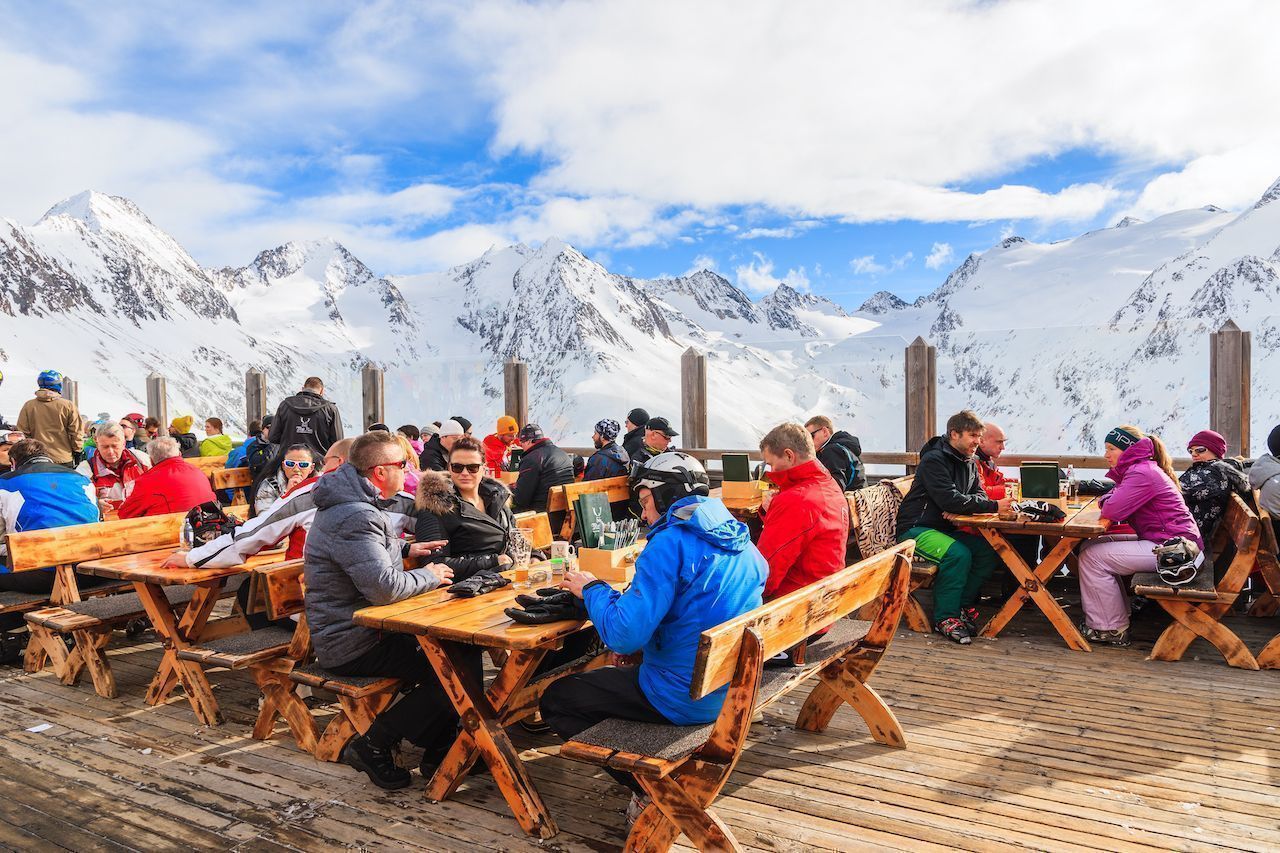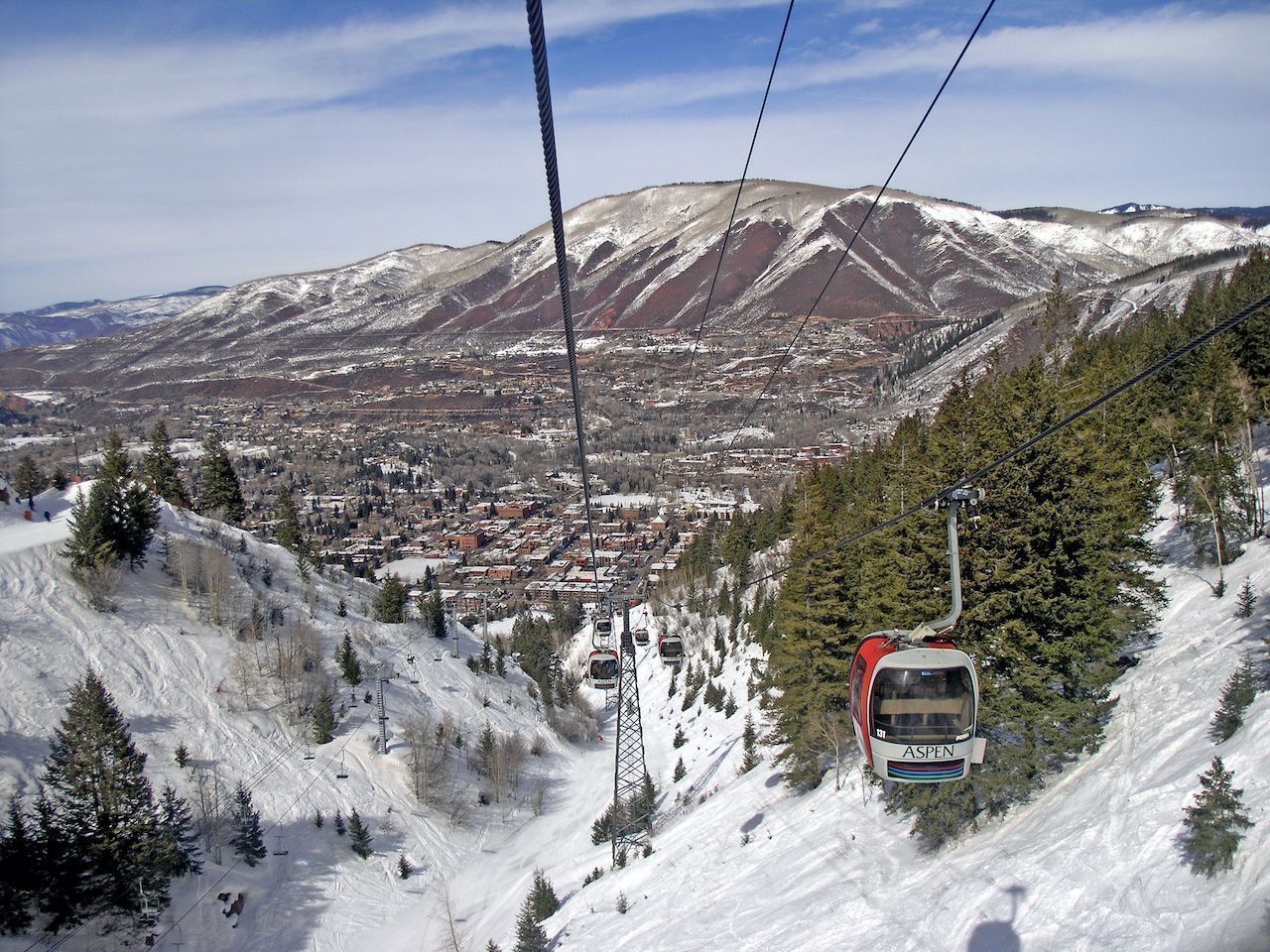For skiers and snowboarders, a good day on the slopes is something to appreciate and look forward to. But visiting ski areas has an environmental impact, and it’s often up to the skier to ensure theirs is as minimal as possible. Follow these tips to keep your footprint small without sacrificing those epic turns.
Research gear before you buy.

Photo: gorillaimages/Shutterstock
